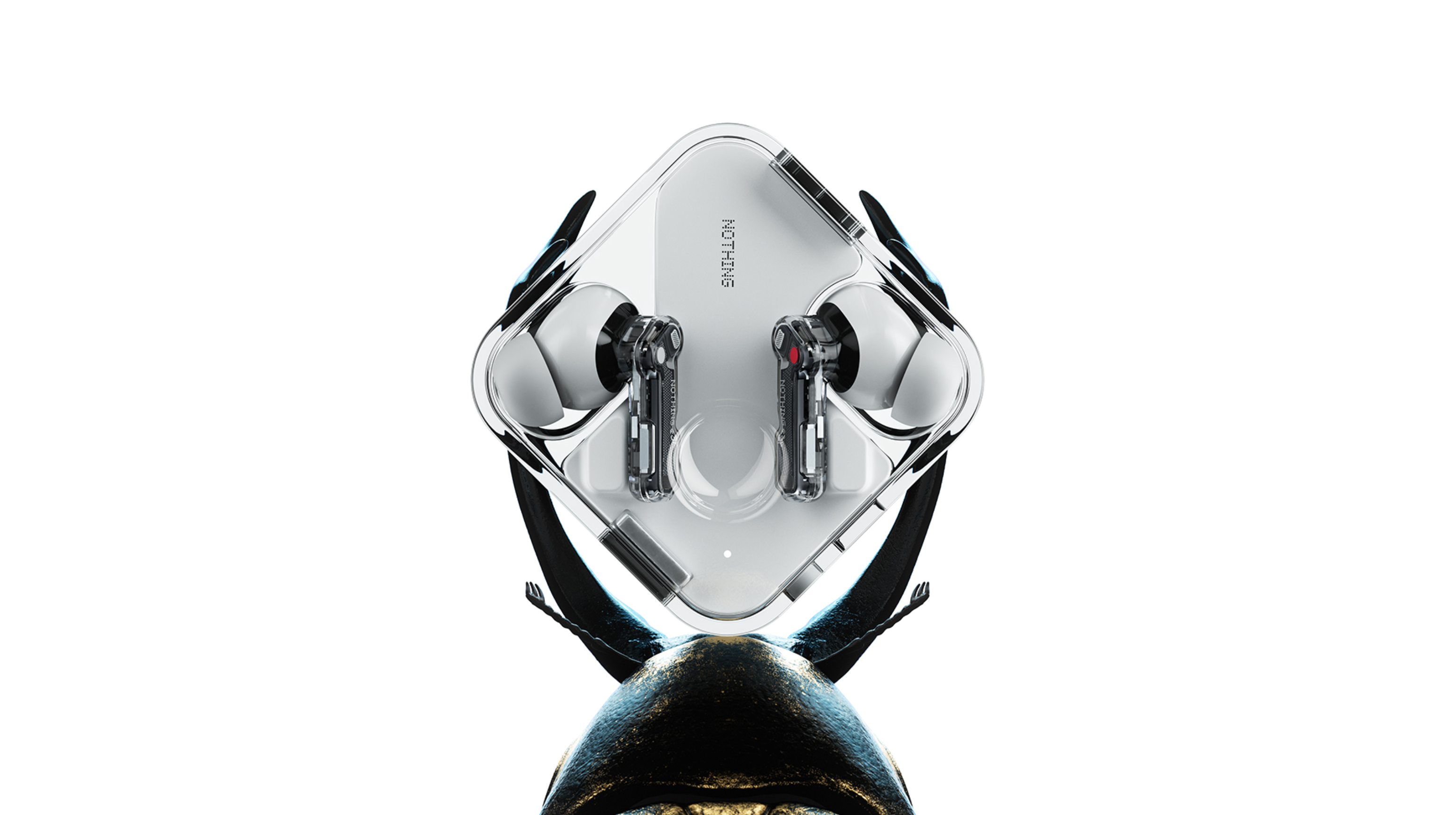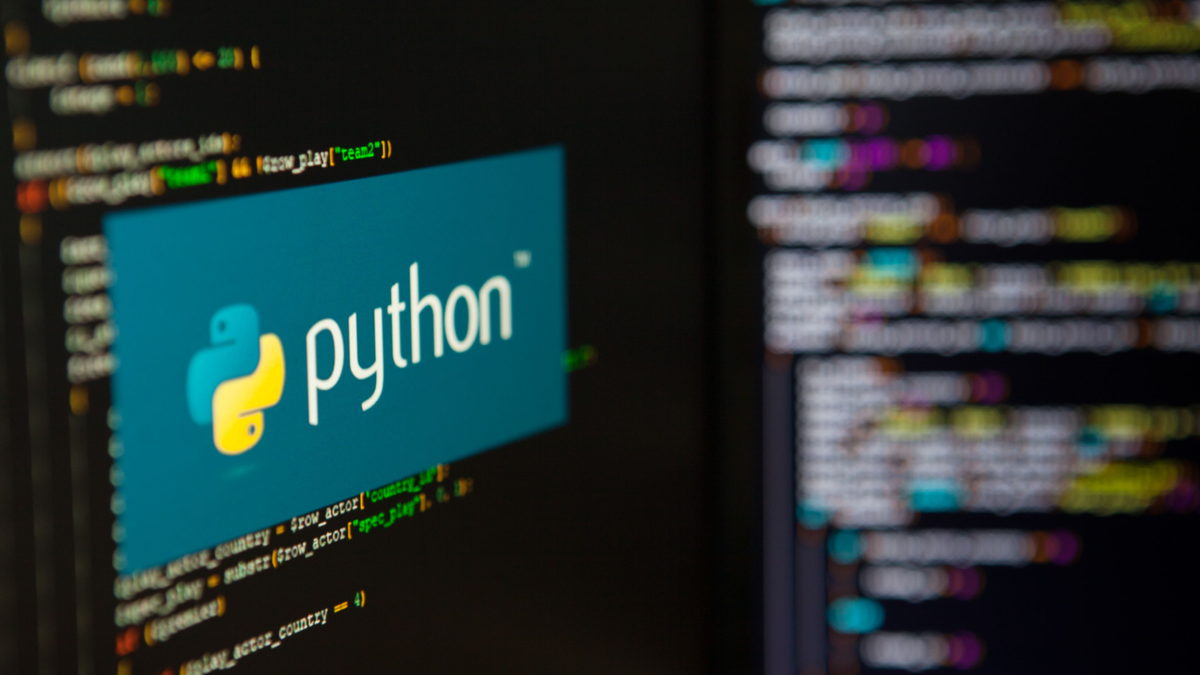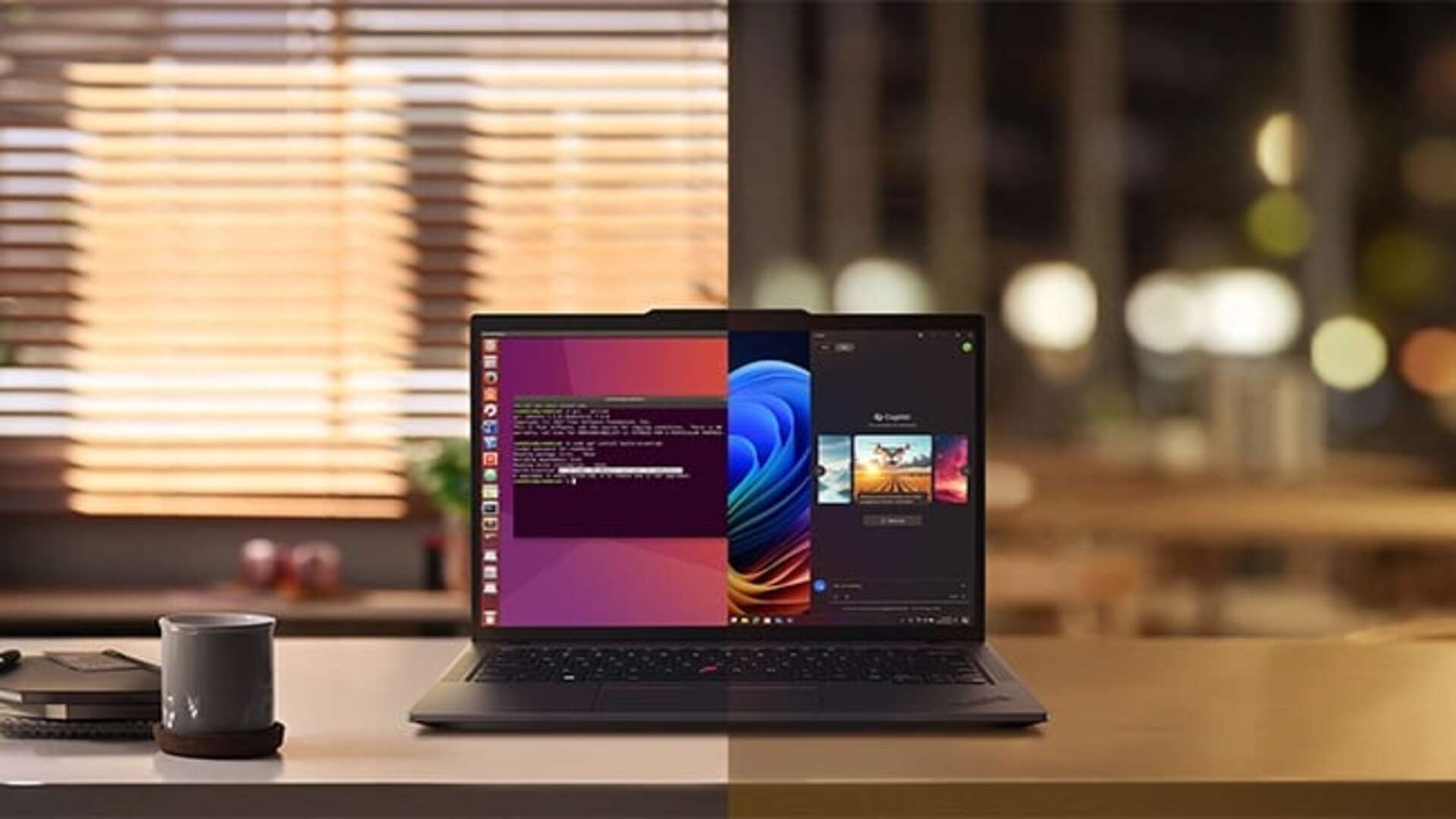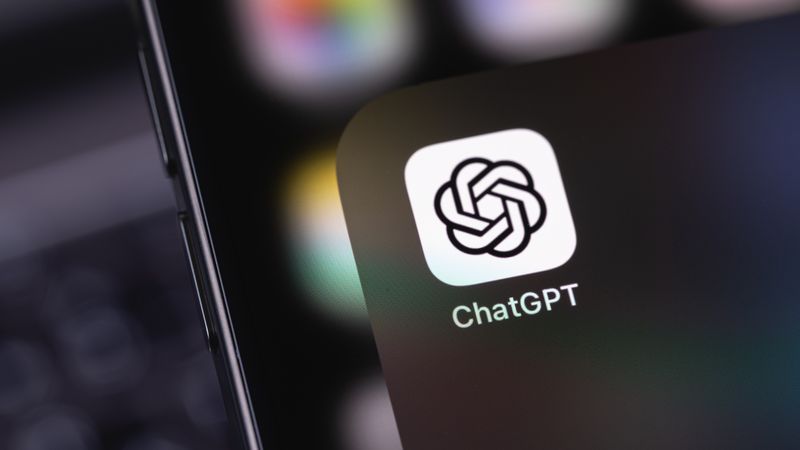Nada has revealed its latest truly wireless earbuds. Carl Pei's 2020 startup offers two pairs of headphones that are extremely similar, but have some notable feature differences—and at two different price points, of course. Even the names are almost identical: Nothing Ear will be the new high-end model, while Nothing Ear (a) will be the cheaper option, although when I say “high-end” they are both quite affordable.
Nothing Ear costs $149 / £129 (approximately AU$250), while Nothing Ear (a) is priced at £99 / $99 (approximately AU$192). Both will be released on April 22, 2024, although pre-orders will be available before then.
Let's look at what you get with both models. Both are in-ear wireless headphones equipped with a custom 11mm driver that generates the sound. Both support active noise cancellation with a transparency mode, powered by what Nothing calls an “intelligent ANC algorithm.” There are three microphones per earbud to help with this (in addition to calls, obviously), and there are pinch-based in-ear controls, much like the AirPods Pro 2. Both earbuds offer rated sweat and dust protection. IP54, so it should be fine for light exercise.
Through the Nothing correct headphones and getting a good seal, the option of a low lag mode for gaming and multipoint connectivity to easily switch between devices.
And hot off the press (!), Nothing tells us that it has integrated both sets of these Nothing headphones and its Nothing operating system with ChatGPT. What does this mean? This means that users with the latest Nothing OS and ChatGPT installed on their Nothing phones will soon be able to pinch-to-talk with the increasingly popular AI tool, right from the Ear(a) and Ear Buds. The rollout will be gradual on Phone (2), followed by Phone (1) and Phone (2a) for Nothing Ear and Ear (a) in the weeks after April 18, according to Nothing.

But you're obviously paying to get a little more out of the Nothing Ear than the Nothing Ear (a), so that model has some additional bonuses. The heart of this appears to be the audio processing and case design. Nothing Ear offers an “advanced equalizer with shared profile” compared to a simpler custom equalizer on the ear(a), and also has a “personal sound profile” feature.
The Nothing Ear's case is IP55 rated, while the Ear (a) is only IPX2 rated, so you're basically getting a level of water and dust resistance in the Nothing Ear's case that means it's more likely to survive a dive related to water. accident.
You also get wireless charging in the Nothing Ear case, which the Ear (a) completely lacks. The Nothing Ear headphones are also slightly lighter at 4.62g per eartip, compared to the Ear (a's) 4.8g per eartip, although the Ear's case is heavier at 51.9g compared to the 39.6 g from the Ear case (a).
However, apparently Nothing Ear will comply slightly shorter battery life: 5.2 hours with the headphones, compared to 5.5 hours with the Ear (a), all with ANC activated. I doubt 18 minutes will be a deal breaker, although these aren't very impressive battery life figures overall – six hours or more is what we expect these days from the best true wireless earbuds, and the even cheaper Earfun Air Pro 3 , offers seven. hours per charge, while the Sony WF-C700N offers 7.5 hours.
Both look like strong contenders for the best budget headphones based on the spec sheets, but you can read our recent Nothing Ear(a) review to see if they live up to the hype.
The top-tier Nothing Ear seems to be better value in the UK than in the US (only a 30% price increase compared to a 50% dollar increase), but that won't matter if they're any good. They are still much cheaper than the Sony WF-1000XM5 and are more in line with the Beats Studio Buds Plus. We'll let you know how they complete as soon as we've had more time with that model.









